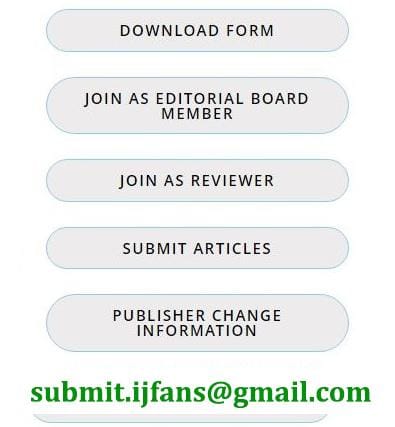
-
Effectiveness of Self-Understanding Dimensions on Academic Achievement among B.Ed. Teacher Trainees in Janjgir District: A Gender-Based Analysis
Volume 14 | Issue 5
-
BHUTAGNI IN AYURVEDIC PHYSIOLOGY: A CONCEPTUAL EXPLORATION
Volume 14 | Issue 5
-
Investigation of Different Tea spent Waste Variants (Green Tea, Tea Dust, and Tea Granules) on the Growth and Biomass Production of Fenugreek (Trigonella foenum-graecum) for Sustainable Agriculture
Volume 14 | Issue 5
-
FORMULATION AND EVALUATION OF AN ALOE-BASED HERBAL HAIR SERUM FOR SCALP NOURISHMENT
Volume 14 | Issue 5
-
CONSUMPTION PATTERN OF ORGANIC FOOD AMONG WOMEN CONSUMERS OF PATNA SADAR
Volume 14 | Issue 5
Ethical work environment and employee wellbeing with a mediating role of anti-sexual harassment cell - Evidence based on college campuses.
Main Article Content
Abstract
Purpose - It is very crucial that an anti-sexual harassment cell’s role in every institution. Both teachers and non-teaching staffs are facing sexual harassments from their work environments in different ways. Here comes the importance of an anti-sexual harassment cell through which awareness can be created among the staffs and intervention of the cell in such problems may lead to smooth working and increases the reputation of the institution. Design / Methodology Approach – The data for the study was collected through tested questionnaire from the staffs of colleges of Thiruvananthapuram (South), Ernakulam (West), Thrissur (Central), and Palakkad (East) via google form. A total number of 620 questionnaires were distributed. Out of which 580 responses were received and from 580, 75 were rejected due to lack of proper data. The questionnaire uses five-point Likert scale response format. Findings – This study establishes a positive correlation between variables Ethical Work Environment (EWE) and Employee Well-being (EW), Ethical Work Environment (EWE) and Anti-sexual Harassment Cell and Ethical Work Environment (EWE), Anti-sexual Harassment Cell (ASHC), and Employee Well-being (EW). The research analysis validates dependency of employee well-being on ethical work environment and anti-sexual harassment cell. On testing the hypothesis, the dependent variable employee well-being is predicted by the independent variable ethical work environment and also with the mediating variable anti-sexual harassment cell.

